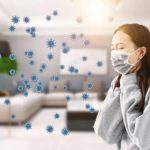What is PM2.5?
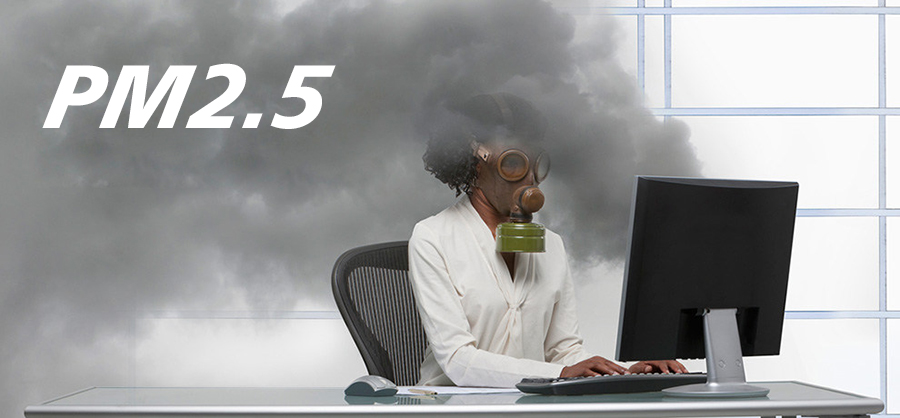
PM2.5 refers to fine dust with a diameter of fewer than 2.5 microns, commonly known as “lung particles”. The diameter of 2.5-micron particles is only equivalent to one-thirtieth of the hair. Scientists use PM2.5 to indicate the content of such particles per cubic meter of air. The higher the value, the more serious the air pollution. The PM2.5 index has become an important index for measuring and controlling the degree of air pollution.
What is the harm of PM2.5?

PM2.5 sucks in, but can’t spit out. It is easy to enter the lower respiratory tract of the human body, and can even penetrate the alveoli when it is less than 0.1 micron. The fine dust that enters the alveoli can be quickly absorbed, and directly enters the blood circulation without being detoxified by the liver, and is distributed throughout the body into the blood and nervous system. Harvard University’s School of Public Health has shown that the increase in the concentration of fine particles is significantly correlated with the increase in the death rate. PM2.5 can also become a carrier of viruses and bacteria, contributing to the spread of respiratory infectious diseases.
What is HEPA technology?
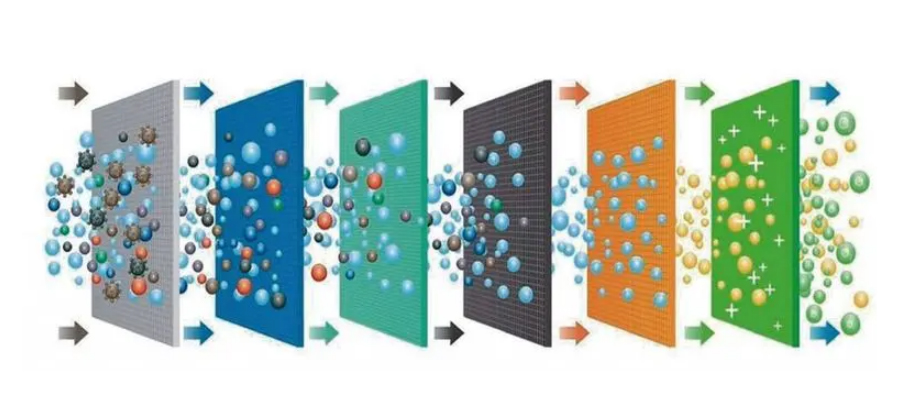
HEPA technology is a filtering technology that uses PP filter paper, PET filter paper, polyester non-woven fabric and melt-blown glass fiber as the filter mesh, which can filter smoke, dust, bacteria and other pollutants. The filter needs to be replaced frequently, and this technology is often used in the initial promotion of air purifiers in the European and American markets.
What are negative ions? What are the benefits to the human body?

Negative ions have the reputation of “air vitamin”. An increase in the concentration of negative ions in the air can make people feel refreshed, breathe smoothly, and clear the mind, rejuvenate body cells, promote metabolism, eliminate fatigue, and increase resistance.
What is formaldehyde? What’s the harm?
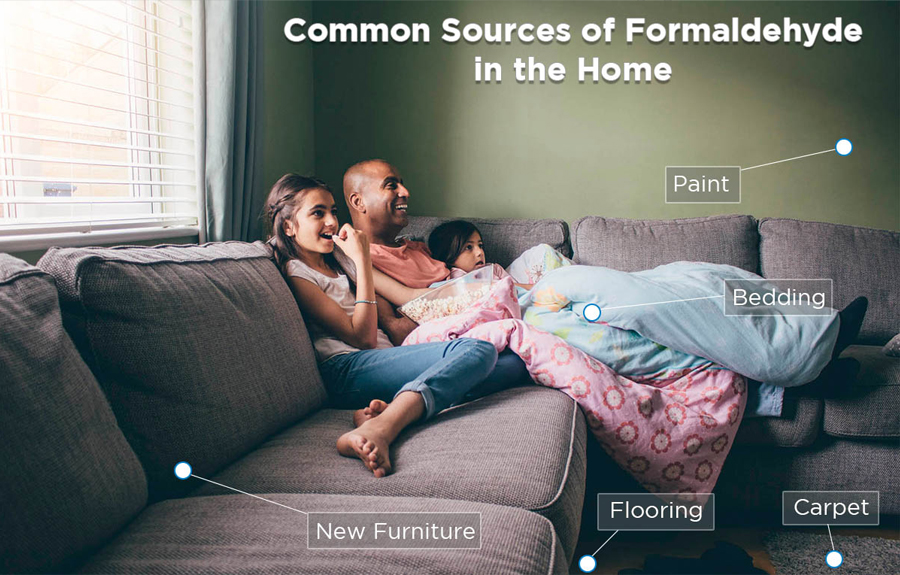
Formaldehyde is a colorless gas with a strong pungent odor. Formaldehyde is a highly toxic substance. Formaldehyde has been identified by the World Health Organization as a carcinogenic and teratogenic substance, and it is also one of the potential strong mutagens, which is extremely harmful to the body.
Plywood, fiberboard, various paints and coatings in decoration materials and furniture contain a large amount of formaldehyde. Newly decorated rooms or newly purchased furniture usually have a relatively high formaldehyde content.
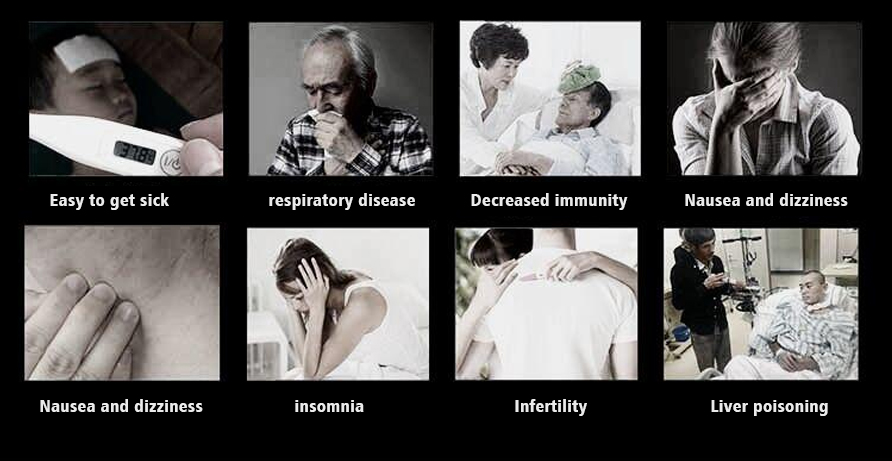
Formaldehyde has serious harm to all humans and animals. Children and pregnant women are particularly sensitive to formaldehyde, and the harm is even greater. The prevalence of childhood leukemia is increasing year by year, which is largely related to children’s long-term exposure to formaldehyde.
Will long-term use of an air purifier reduce my immunity?

There is no need to worry about this at all. Air purifiers will only enhance the body’s own immunity and effectively prevent and improve health problems caused by air pollution. Professional respiratory physicians and the British Asthma Association have authoritatively recommended the use of indoor air purification equipment. Just like going out to relax after working for a long time, and going to a 4S shop for maintenance after a long drive, the body also needs pure, safe and healthy air to restore the body’s functions.
Should I turn on the air purifier while sleeping?

Why does the human body need to sleep? The human body is like a machine, and sleeping is like a car entering a 4S shop for maintenance. In the environment of sleep, various functions of the human body are relaxed, blood returns slowly, and breathing is sometimes smooth and sometimes rapid. This time is a critical stage in the restoration of body functions and an opportunity for pathogens to invade. If possible, create a healthy sleeping environment for the family, improve the quality of sleep, restore better body functions, and improve immunity. Especially when there are children and pregnant women at home.
Why do you need an air purifier?
According to data from the EPA, the United States Environmental Protection Agency, humans spend 90% of their time indoors, and indoor air is usually 5 times dirtier than outdoors! The elderly are more sensitive to air pollution. Most of the pollution is very small substances, which can easily reach the lungs and alveoli through the nose.
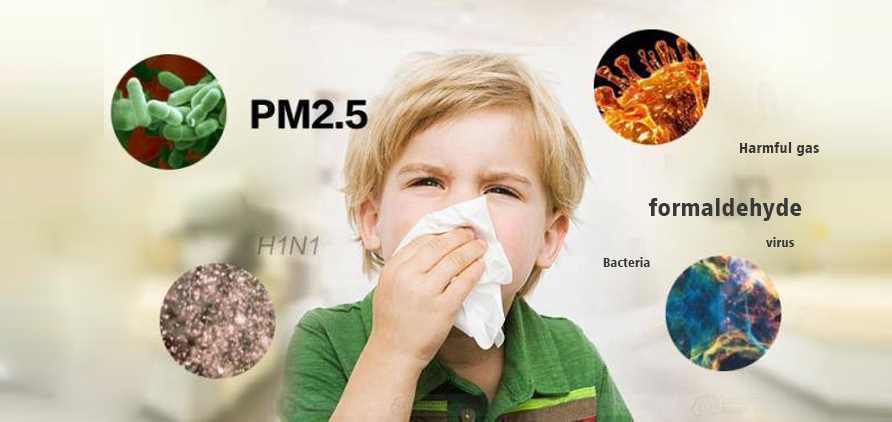
The air pollution is becoming more and more serious nowadays, which has attracted the whole society’s attention… Toxic food can be avoided as much as possible, but toxic air has nowhere to escape. The airborne PM2.5 dust, formaldehyde, ammonia, and other toxic and harmful gases, pollen, bacteria, dust mites, and other allergens harm our health all the time. Causes cough, asthma, allergies, respiratory infections, inflammation, and even leukemia, cancer, etc. Through scientific research, more than 60% of human respiratory and cardiovascular diseases are related to air pollution.
What kind of dust can be filtered by an air purifier?
The air purifier can filter extremely tiny solid suspended particles from sandstorms, construction site dust, solid matter in automobile exhaust, cotton wool fibers from homes, asbestos, cigarette burns, smog, coal smoke, garbage burning, lampblack, pollen spores, Most of the bacteria and so on.
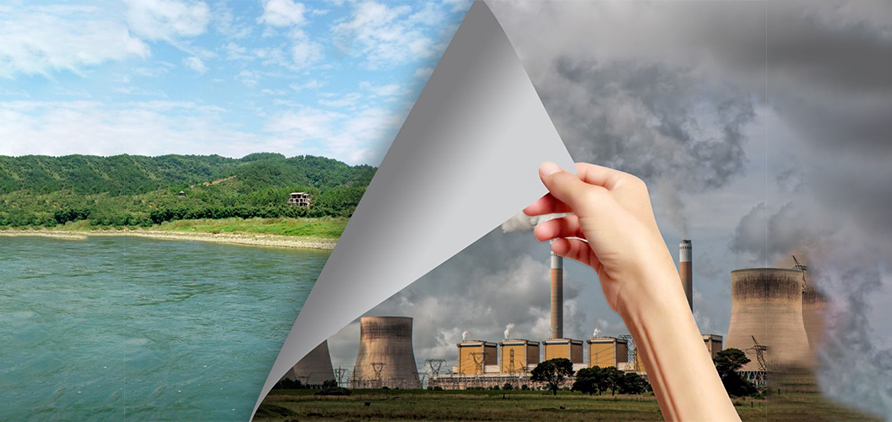
The air purifier can filter more than 99% of PM2.5 diameter. A good air purifier can even filter 99% of 0.3-micron dust particles. The high-standard HEPA can filter up to 99.97%, which means that 10,000 dust particles pass through, Only 3 dust particles can escape.
How does an air purifier help the indoor environment?
The air purifier can effectively filter and remove PM2.5 dust in the indoor air, harmful gases such as formaldehyde remaining in decoration, allergens such as pollen dust mites, oil fume residues from kitchen cooking, ammonia from toilet drains, smells from pets, etc. Poisonous and harmful substances in the air, such as bacteria, secondhand smoke in the home, etc. Protecting the health of family members, especially pregnant women, children, the elderly, or allergic patients, can effectively prevent and improve allergic symptoms of asthma, improve the body’s own immunity, help improve sleep quality, and reduce the skin damage caused by air pollution.

AP50-1 smart air purifier produced by BBT, with LCD digital display, laser dust sensor to detect air quality (air quality monitoring in automatic mode, automatic frequency conversion wind speed), in addition to formaldehyde, high-efficiency composite HEPA filter to easily remove PM2.5 ( Can do a smoke experiment, quickly remove smoke in 3-5 seconds), honeycomb activated carbon strongly adsorbs and decomposes formaldehyde, phenol, smoke and mold in the air, 35 million high-concentration negative ions will refresh the air, intelligent automatic mode, three-speed design, Sleep ultra-quiet mode, long 8-hour timer shutdown, exquisite touch control, equipped with wireless remote control, 3000-hour filter replacement reminder function. After use, the indoor air is fresh and easy to breathe, making home life healthier!


